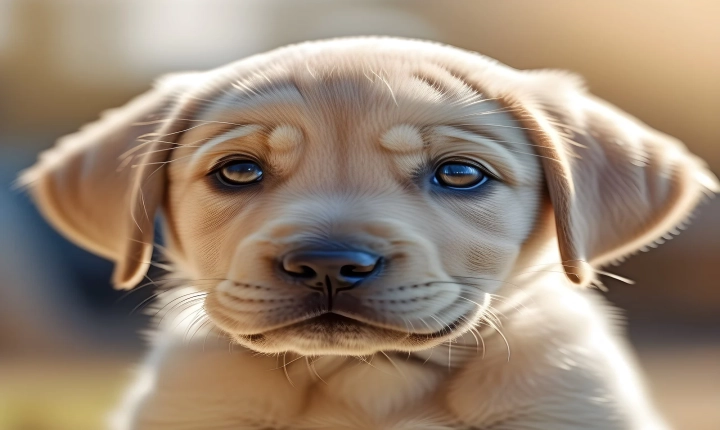AI-generated photographs: a threat to democracy?
In recent years, artificial intelligence (AI) has advanced at a rapid pace, enabling the creation of remarkably accurate and realistic images and videos. While this technology has numerous positive applications, such as in entertainment and design, it also poses a significant threat to the democratic process.
One of the most concerning aspects of AI-generated photographs is their potential to be used for misinformation and propaganda. With the ability to create convincing images of events that never occurred, or of individuals engaged in activities they never participated in, AI-generated photographs can be weaponized to manipulate public opinion and deceive citizens. In a democratic society, the ability to discern truth from falsehood is crucial, and the proliferation of AI-generated images makes this increasingly challenging.
Furthermore, AI-generated photographs can be used to impersonate individuals in positions of power, creating false narratives and sowing discord. Politicians, activists, and public figures can be targeted with fabricated images that tarnish their reputation and credibility, leading to a erosion of trust in democratic institutions.
Another concerning aspect is the potential for AI-generated photographs to be used in deepfake videos, where realistic-looking footage of individuals is created to make them appear to say or do things they never did. This technology has the potential to further undermine trust in political leaders, as well as cast doubt on the authenticity of any video evidence in a political context.
Additionally, AI-generated photographs pose a challenge for the verification and authentication of media content. With the increasing prevalence of fake images, it becomes more difficult to ascertain the authenticity of news stories and visual evidence. This can undermine the role of the media as a watchdog in a democratic society, as the public becomes increasingly skeptical of the information they consume.
In order to address the threat posed by AI-generated photographs to democracy, it is crucial for governments, technology companies, and media organizations to develop strategies to detect and combat the dissemination of fake images. This includes the development of robust fact-checking processes, increased transparency in the creation and dissemination of digital content, and education initiatives to enhance media literacy among the public.
Furthermore, there must be a concerted effort to raise awareness about the existence and potential impact of AI-generated photographs, in order to empower individuals to critically assess the veracity of visual content they encounter. By taking proactive steps to address this issue, democratic societies can mitigate the negative consequences of AI-generated photographs and preserve the integrity of the democratic process.
In conclusion, the rise of AI-generated photographs poses a significant threat to democracy, as it has the potential to undermine trust in political institutions, manipulate public opinion, and erode the authenticity of visual media. Addressing this challenge requires a collective effort from governments, technology companies, and the public to develop effective strategies to combat the spread of fake images and safeguard the integrity of democratic processes.
